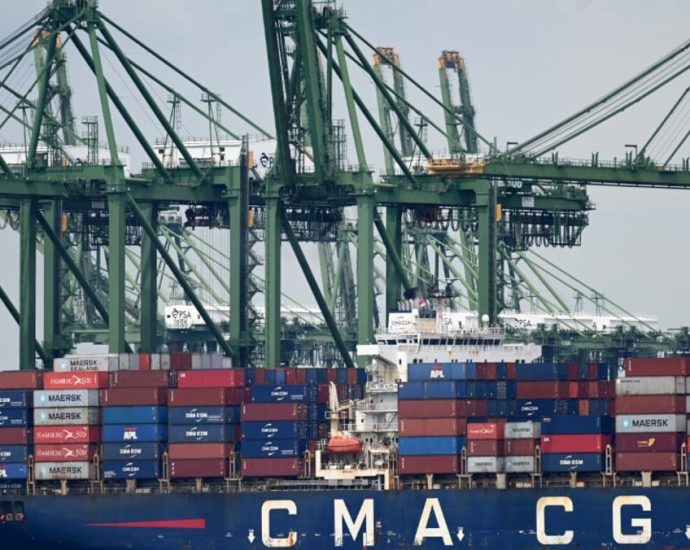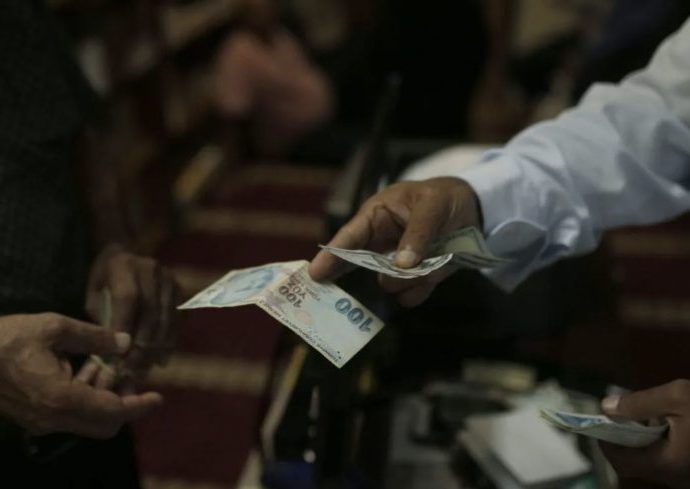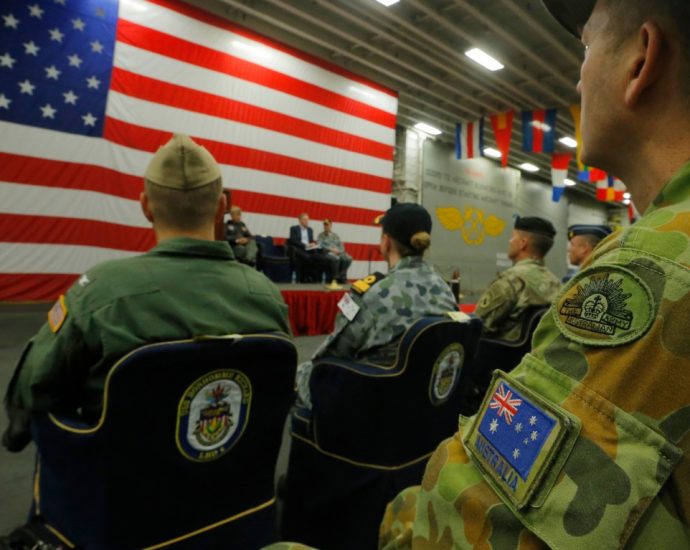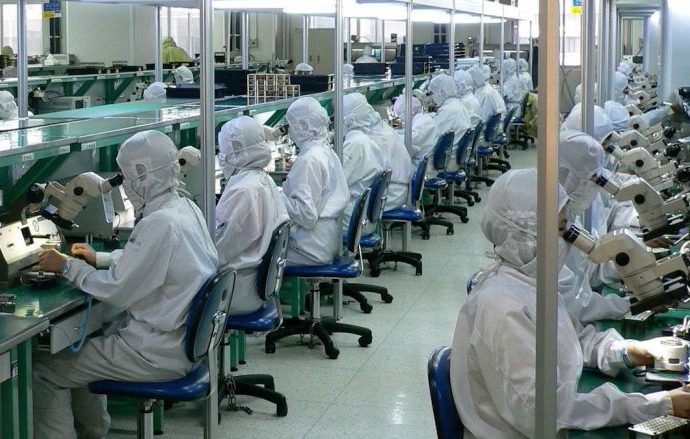Singapore MP Tin Pei Ling leaves Grab after seven months for ‘external-facing’ fintech role

On Thursday, Ms Tin described her experience at Grab as “invaluable”.
“It was an opportunity for me to return to the private sector, to broaden my horizons, hone new skills and allow me to make a contribution in a different way,” the MacPherson MP wrote, reiterating her admiration for the firm’s social mission of “economic empowerment”.
In response to questions from CNA, Grab said Ms Tin had “made valuable contributions supporting key projects and investments”.
“We fully support Pei Ling’s aspiration to take on a more front-facing role and look forward to her continued championing of tech innovation in Singapore,” it added.
Ms Tin’s next stop will be at an unnamed fintech company that “aims to pioneer innovative advancements” in the payments industry.
She will be assuming a leadership role in strategic partnerships and business development.
“I am excited that this new role will give me the opportunity to support the company’s product innovation efforts and expansion into key Asia-Pacific markets,” Ms Tin said.
Asked for more information on why she was leaving Grab, and for the name of the fintech firm she was joining, Ms Tin declined to comment and referred CNA back to her LinkedIn post.
She was elected to parliament in 2011, and currently chairs a Government Parliamentary Committee (GPC) for Communications and Information.
Ms Tin is also a member of the GPC for Culture, Community and Youth.
Prior to joining Grab, she was chief executive officer at Business China, a non-profit organisation cultivating Singapore-China relationships, since May 2018.

























